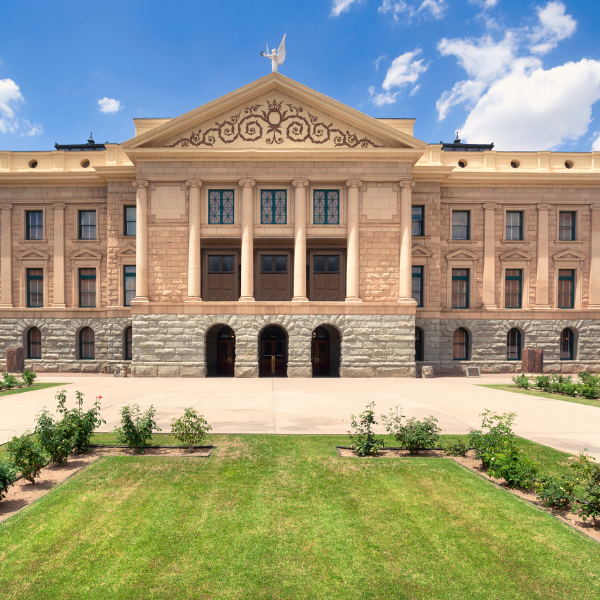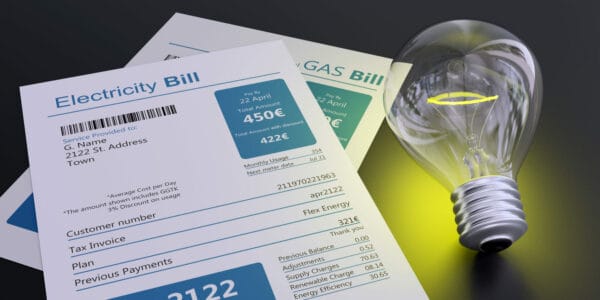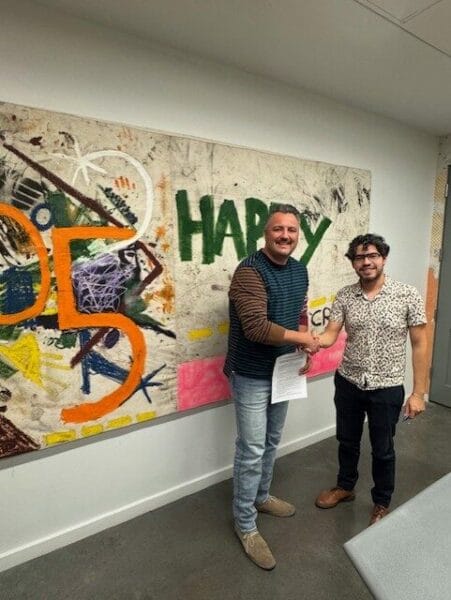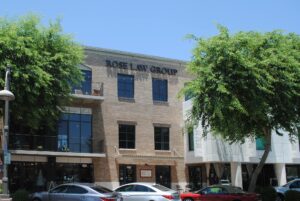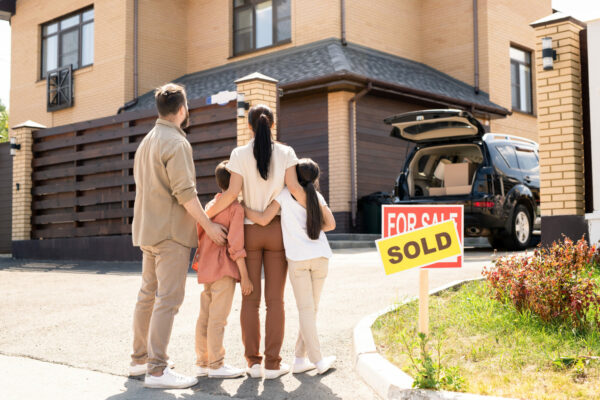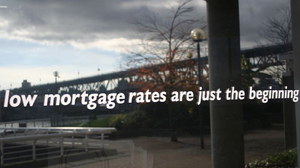
For 30 years, falling mortgage interest rates have enabled homeowners to move into ever-larger homes on the promise of ever-cheaper financing. But that party is over, and the impact on existing home sales could be significant.
Forbes reports thatafter peaking at more than 18 percent in 1981, rates on a 30-year, fixed mortgage fell steadily, bottoming at 3.3 percent in late 2012, according to Freddie Mac . Rates then jumped into the mid-4 percent range before retreating more recently. Nobody expects rates in the teens again, but rates in the 5 percent and 6 percent range are no longer out of sight.
Housing was relatively simple as rates fell. Today’s currently very low rates are helping to boost existing home sales volume by roughly 15 percent, according to Zillow research. This effect has acted as a tailwind for decades, helping millions of homeowners move up the chain to bigger, more expensive homes.
But as rates rise, the script flips. Higher rates will discourage or disqualify some potential future buyers that may have otherwise entered the market when rates were lower. And thanks to a furious refinancing push by lenders and a sense that low interest rates couldn’t last forever, millions of current homeowners are now locked in at mortgage rates close to or at historic lows.
It remains to be seen whether homeowners locked in at today’s low rates will be willing or able to buy again later when rates could be almost double what they were even a year ago.


